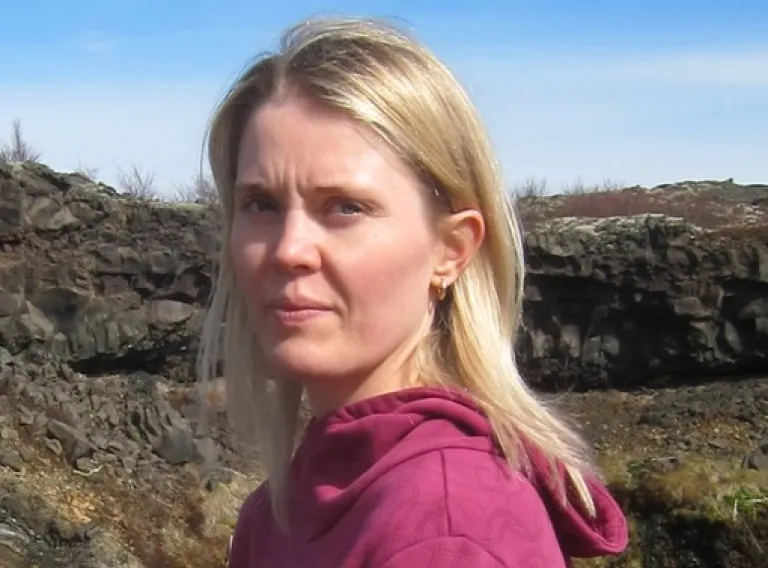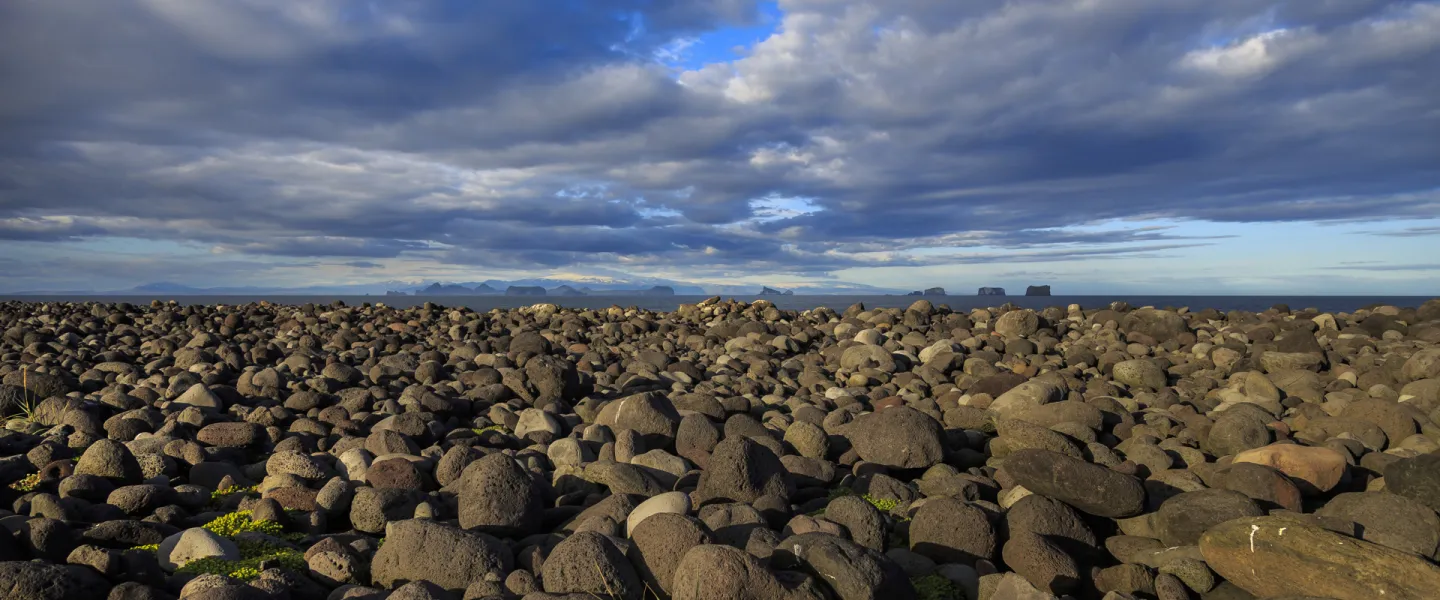Askja
Room 132
Doctoral candidate: Gyða Þórhallsdóttir
Title of thesis: Mobility Patterns in Time and Space - Planning and Managing for Sustainable Tourism
Opponents:
Dr. Anna Guðrún Edvardsdóttir, Research manager at the Faculty of Research, Innovation and Teaching, Hólar University
Dr. Ulrike Pröbstl-Haider, Professor at the Department of Natural Sciences and Sustainable Resources, BOKU University, Austria
Advisor: Dr. Gunnar Þór Jóhannesson, Professor at the Faculty of Life and Environmental Sciences, University of Iceland
Other members of the doctoral committee:
Dr. Ian Jenkins, Visiting Associate Professor at the Faculty of Life and Environmental Sciences
Dr. Rögnvaldur Ólafsson, former Associate Professor (Passed away 2024)
Sæmundur Þorsteinsson, Assistant Professor at the Faculty of Department of Applied Engineering, Reykjavík University
Dr. Þorvarður Árnason, Research Scholar and Director of the University of Iceland Research Centre in Hornafjörður
Chair of Ceremony: Dr. Anna Dóra Sæþórsdóttir, Professor at the Faculty of Life and Environmental Sciences, University of Iceland
Abstract
This study evaluates a novel methodological approach for analyzing tourism mobility patterns in time and space within regions characterized by core-periphery mobility patterns, with Iceland and its key nature-based destinations serving as the study area. Traditional analyses often rely on overnight stay data; however, this approach fails to capture the full scope of visitor behavior in core-periphery contexts, where tourists frequently base themselves in urban cores and undertake day trips to rural peripheries. This study aims to enhance understanding of tourism mobility patterns in Iceland in relation to the aims of the Icelandic tourism authorities to improve sustainable tourism planning and management. The study emphasizes methodological advancements and the integration of diverse datasets to enhance analytical accuracy. Vehicle counters at nature-based destinations were employed to track visitor movements, enabling comparison with overnight stay data and departure data from Keflavík International Airport. Converting vehicle counts into visitor estimates formed the basis of the methodological exploration detailed in Papers 1 and 2. Paper 3 utilized these data to analyze mobility patterns across Iceland. Paper 4 tested Bluetooth sensors in the Jökulsárlón area, assessing their utility for tracking directional vehicle flows. The findings highlight the efficacy and cost-efficiency of automated methods. These tools overcome limitations related to recall bias and provide robust baseline data on mobility patterns. While these methods offer valuable insights, understanding the underlying motivations behind mobility patterns necessitates supplementary approaches. This methodology represents a significant advancement in studying tourism mobility in coreperiphery regions, such as the Arctic regions.
About the doctoral candidate
Gyða completed a BS degree in tourism studies and a BA degree in Italian in 2007 from the University of Iceland. In 2012, she graduated with an MS degree in Environment and Natural Resources from the University of Iceland.
Gyða has been responsible for statistics on tourist counts at nature-based destinations since 2014, initially in collaboration with her supervisor Rögnvaldur Ólafsson (who died in March 2024). Since 2019, she has managed the counting’s’ at the nature-based destinations for various institutions.
Gyða has two children, twins, born in July 2018.

Share
Buses 14, 1, 6, 3 and 12 stop at the University of Iceland in Vatnsmýri. Buses 11 and 15 also stop nearby. Let's travel in an ecological way!
